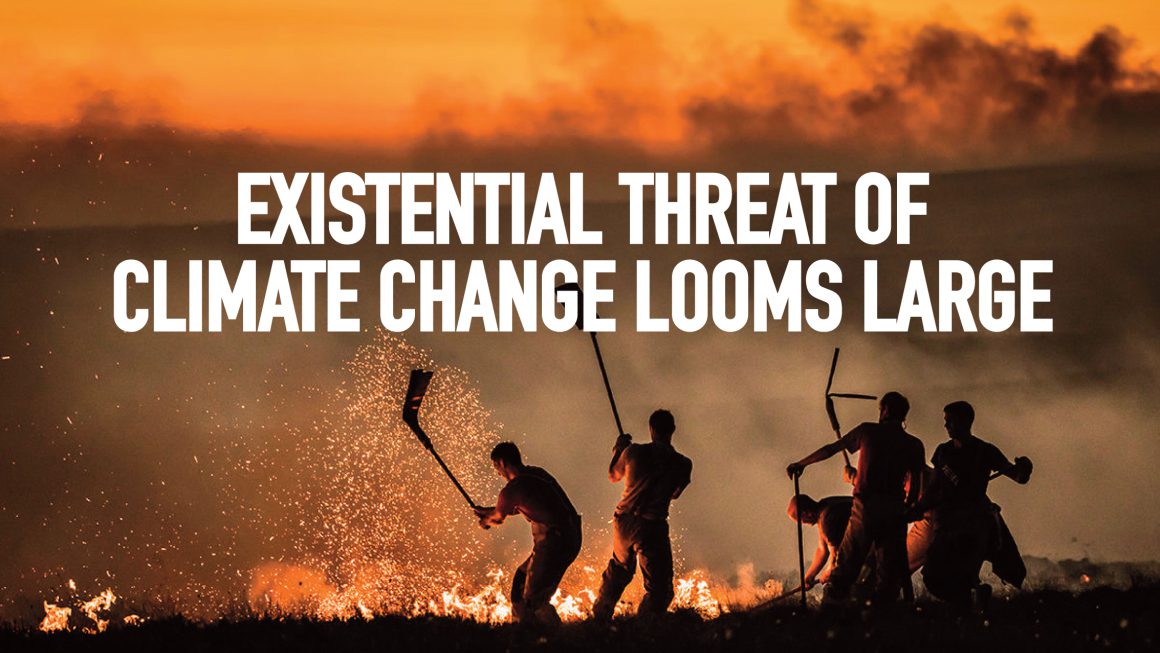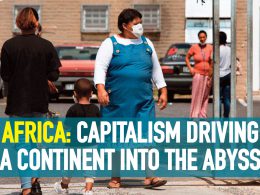By Ben Samson
While the world reels in the face of the current Covid-19 pandemic, the climate change crisis ominously looms in the background as an ever-developing existential threat. Both crises are of course interconnected, as the evolution of SARS-CoV-2 – the coronavirus responsible for Covid-19 – was in part driven by global biodiversity loss and the destruction of finely-tuned ecosystems.
A recent study published in the scientific journal, Proceedings of the National Academy of Sciences (PNAS), presents the historical climatic conditions in which human life sustainably thrives. However, using complex modelling, the scientists demonstrated that a “business-as-usual” climate scenario is likely to disrupt these conditions more in the next 50 years than they will have changed in the previous 6,000 years!
Worryingly, within these 50 years, the scientists predicted that 3 billion people will suddenly find themselves living outside the stable climatic conditions which have historically supported organised human life. That is, one third of the human population will be living in regions where the mean annual temperature will be above 29°C.
Lessons from the pandemic
According to the Internal Displacement Monitory Centre (IDMC), extreme weather events displaced 24 million people in 2019 alone, with a further 9.5 million displaced by conflict and other disasters. Should the projections of the PNAS study be even somewhat accurate, the number of climate refugees looks set to rise into the billions by 2070.
However, this bleak trajectory can be altered, just not by capitalist politicians, and the current coronavirus pandemic shows what’s necessary. CO2 emissions are falling significantly as the world’s major cities are on lockdown and oil prices have fallen below $0 a barrel for the first time in history. That being said, a recent analysis of global emissions data by Carbon Brief found that atmospheric CO2 levels for 2020 are still forecast to increase by 2.48 parts per million (ppm) from 2019, only 0.32 ppm less than if there was no pandemic. Ultimately, CO2 levels will only stabilise if annual emissions are reduced to that all-important net-zero target.
What this shows is that even with significant decreases in global production and consumption, massive public investment in renewable energy and green infrastructure is desperately required. We have always been told that this sort of state intervention is not possible, as if it were precluded by some unalterable law of nature. However, once again the current pandemic offers us examples which show that we are not politically destined for a capitalist hellscape. For instance, the European Union has been forced to break its own spending rules after pledging €37 billion for coronavirus relief, whereas in many countries, private hospitals have been swiftly brought under public control to increase capacity for Covid-19 patients.
Capitalism offers only future of disasters
Although capitalist governments around the world are spending more, it is still only an exercise ink damage control – the US and the UK have now suffered over 110,000 Covid-19 deaths. Climate change is a much more protracted process, meaning that intervention by capitalist governments will be nowhere near as prompt, even though its effects in terms of human suffering will be much greater.
Climate change and Covid-19 are both devastating outcomes of capitalism – plain and simple. If we are to avert the apocalyptic scenarios which exasperated climate scientists are describing, then we must immediately organise to break with capitalism in favour of a democratically planned socialist economy. Nothing less will be capable of preventing the looming climate catastrophe and the untold human suffering that will dwarf that of the current coronavirus pandemic.












